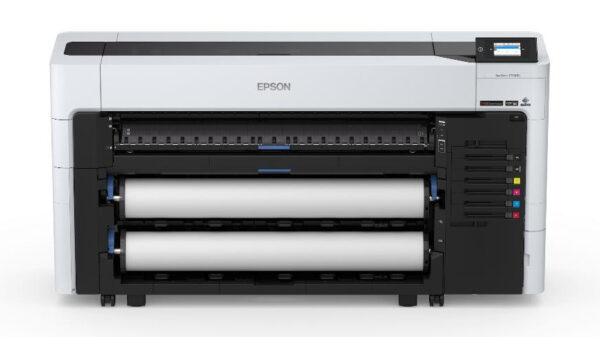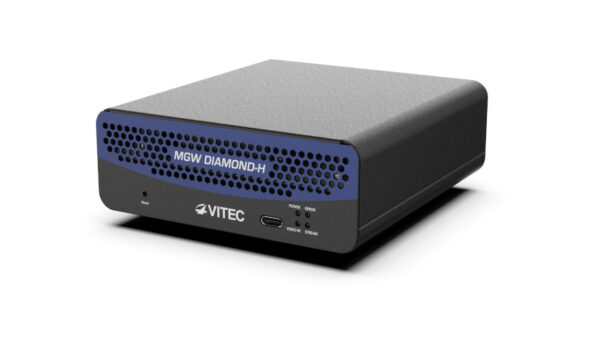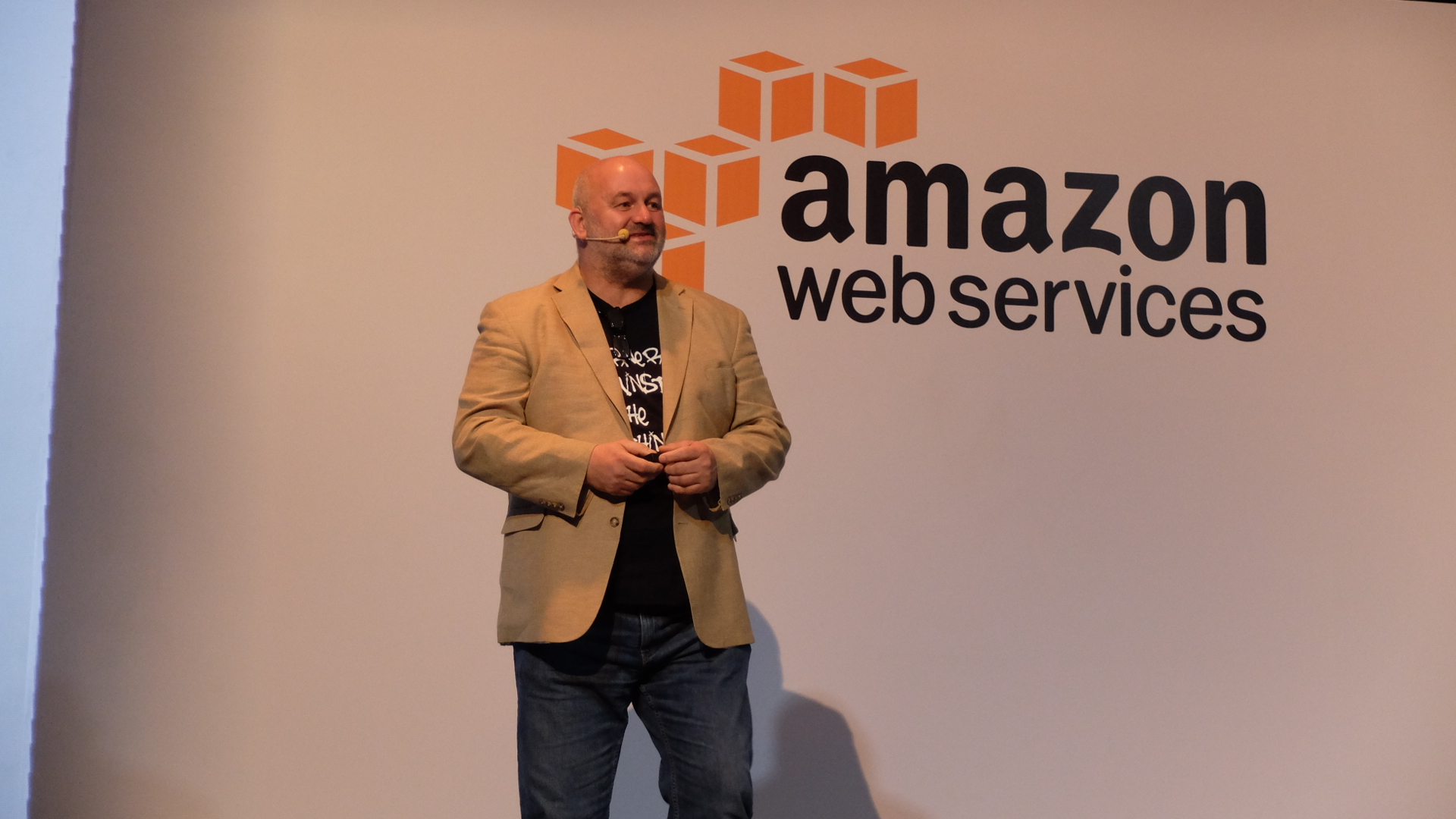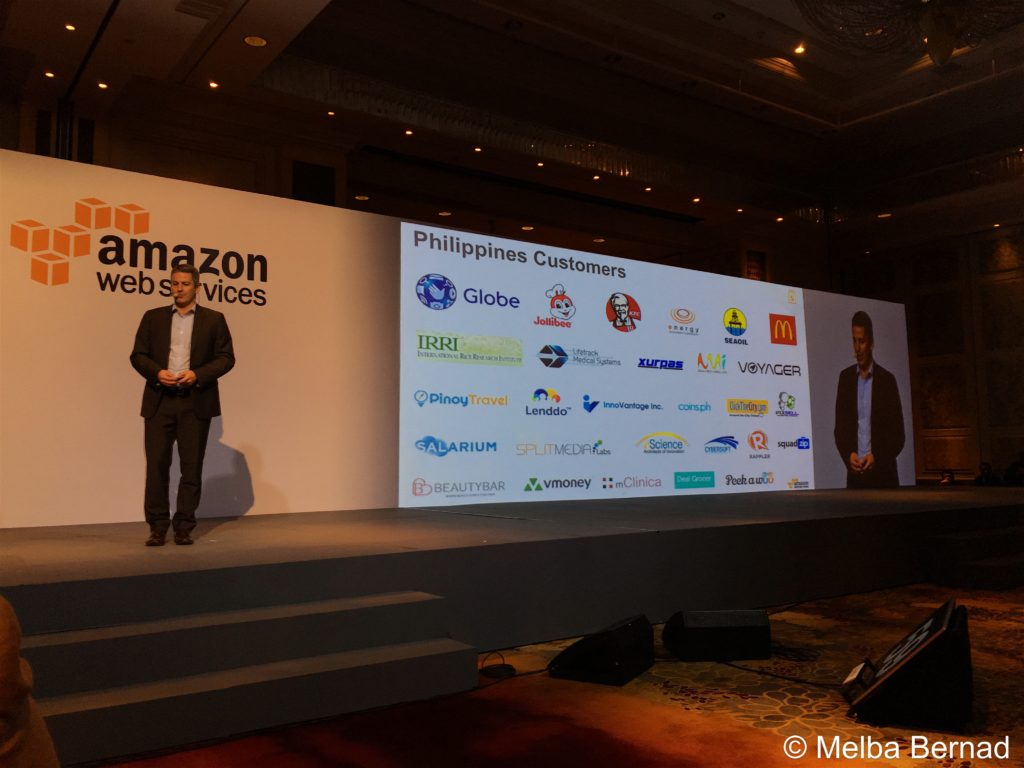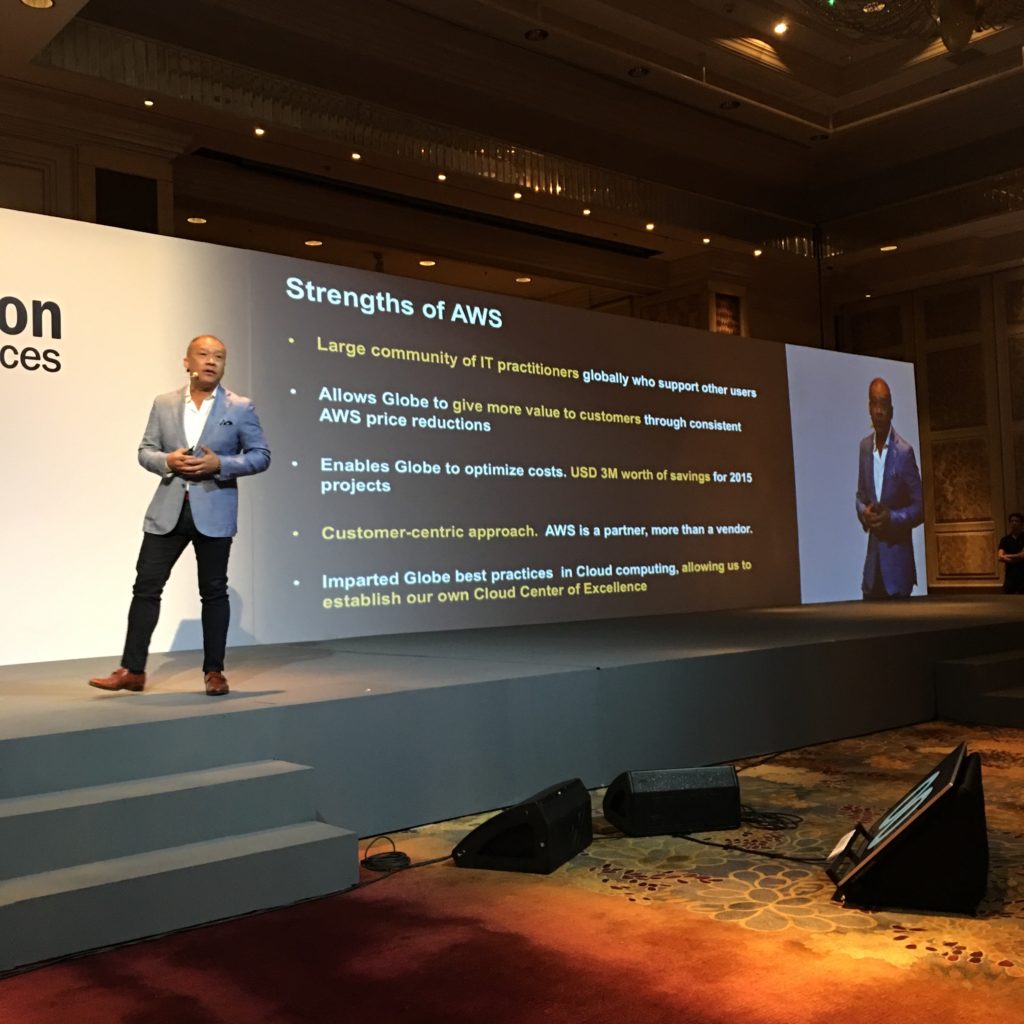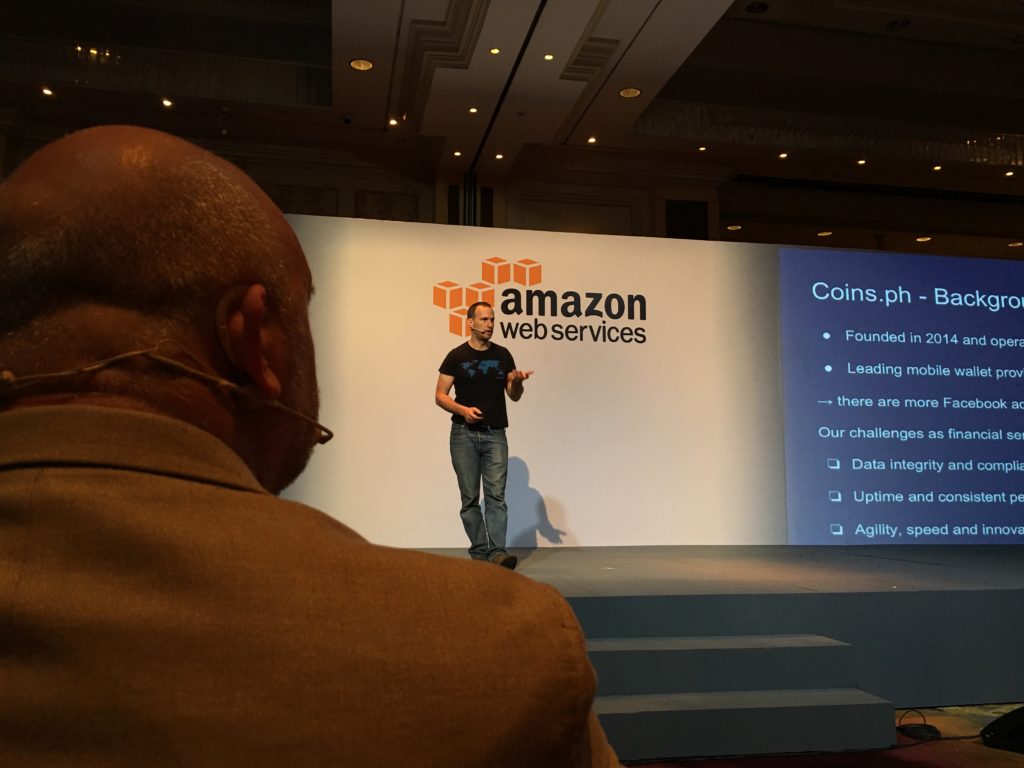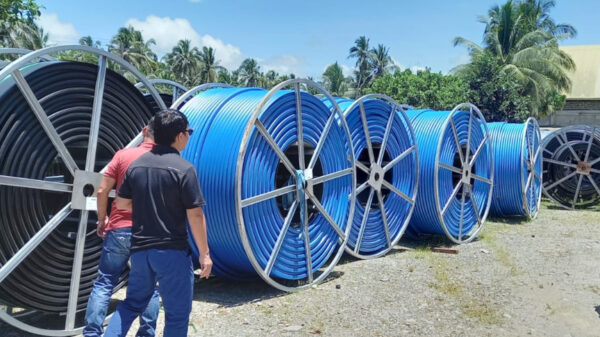The accelerating number of local startups and enterprises that has plugged into Amazon Web Services’ vast cloud empire has led the U.S.-based company to establish an office in the Philippines. The announcement was made by Nick Walton, head of ASEAN at AWS, who delivered the opening remarks at the first AWS Summit in the Philippines.
The local office, the 21st AWS office in the Asia Pacific region, already has in place account managers, solution architects, partners and alliance managers to drive the 10-year-old company’s growing business in the Philippines. Walton will manage the local office from Singapore until a country manager has been appointed.
A company that focuses purely on providing cloud-based services, AWS has more than a million active customers in 190 countries, including nearly 2000 government agencies, 5000 education institutions and more than 17,500 non-profit organizations. In the first quarter of 2016, revenue for the AWS segment increased 64% year-on-year to US$2.6 billion with 23.5% operating margin, making AWS a US$10 billion run-rate business.
“This is a very serious business,” noted Walton. “[It is] the technology platform of choice of many companies.” Indeed it is. The company has the largest number of startup companies that has plugged into the AWS cloud, including AirBnB, Lyft, Tinder, Pinterest, and many more. On the enterprise side, GE, Coca-cola, LG, Dole, TCL are just some of the big companies that are on the AWS cloud.
Local customer success stories
In the Philippines, some of the enterprises and startups that are AWS customers are Jollibee Food Corp., Globe Telecom, Voyager, Rappler, Seaoil, Energy Development Corp. and Coins.ph.
Robert San Juan, VP for Corporation Information Systems at JFC, says Jollibee has been using the AWS cloud since 2008. Today, the company’s e-commerce, intranet, point-of-sale system, and mission-critical applications are all running from the AWS cloud. Applications that will soon be running on the cloud include mobile self-ordering system, tablet ordering system, kitchen system, mobile dashboard, and the drive-thru system.
On-the-go pricing, performance, deployment speed, security, and flexibility are the primary reasons why the food company has embraced the AWS cloud, noted San Juan.
Meanwhile, at Globe Telecom, AWS has helped the company save $3 million for its 2015 projects, according to the company’s CEO and president, Ernest Cu. Today, the company has more than 100 applications with more than 1,100 instances running on AWS, and a total footprint of 800 terabyte. The telecommunications company has a direct connection to the AWS data center in Singapore at 10Gbps.
A fascinating customer success story is Coins.ph. A financial technology (fintech) company established in 2014 and operating from Manila, the company was launched in just two days by plugging into AWS, saving them an estimated $50,000 that could have been spent on building an IT infrastructure. Ron Hose, CEO of Coins.ph, says that with the AWS cloud they have been able to save $15,000 a month and has maintained 99.98% uptime.
Coins.ph connects its customers to remittances, mobile payments, and other financial services directly from their mobile phone.
“As a fast-moving startup, we chose AWS for the breadth of services and quick time to market,” said Hose in his presentation at the AWS Summit. “AWS enables a micro-service architecture built on top of fault-tolerant services.”
Hose also noted that the company started 2015 with 30,000 customers and ended the year with half a million, a remarkable achievement that was made possible by the AWS cloud.
Limited by the speed of light
The AWS Summit was also highlighted by some of the announcements made by Werner Hans Peter Vogels, AWS chief technology officer. Among the announcements is the Amazon S3 Transfer Acceleration, a faster way to move data into your Amazon S3 bucket over the internet.
Vogels noted that moving data to the cloud can be challenging, especially in the Philippines where the internet speed is slow. According to Vogels, Amazon S3 Transfer Acceleration is designed to maximize transfer speeds when you need to move data over long distances, for instance across countries or continents to your Amazon S3 bucket. It works by carrying HTTP and HTTPS traffic over a highly optimized network bridge that runs between the AWS Edge Location nearest to your clients and your Amazon S3 bucket.
There are no gateway servers to manage, no firewalls to open, no special protocols or clients to integrate with, or upfront fees to pay. You simply change the S3 endpoint that your application uses to transfer data, and acceleration is automatically applied. When moving GBs or TBs of data over long distances, it can save hours (or even days) in transfer time.
Pricing for Amazon S3 Transfer Acceleration is simple, with no upfront costs or long-term commitments. You simply pay a low, per-GB rate for data transferred through the service. The pricing is designed to be risk free: if Amazon S3 Transfer Acceleration isn’t likely to make a difference in the speed of an upload (like when you upload data over the short distance from a client in Tokyo to an S3 bucket in Japan), you won’t be charged anything extra for that upload. To get started, you can enable the Amazon S3 Transfer Acceleration feature for your bucket by using the AWS Management Console, the APIs available through the AWS SDKs, or the AWS CLI.
Still the King of the Cloud
AWS continues to dominate the cloud infrastructure services market with a 31% worldwide market share, dwarfing the chasing pack, according to new Q1 data from Synergy Research Group.
The big three followers – Microsoft, IBM and Google – in aggregate accounted for 22% of the market, while the next 20 top-ranked cloud providers accounted for another 27%. The good news for Microsoft and Google is that they both achieved growth rates of well over 100% so they are at least slowly gaining some ground on the market leader.
Outside of the big four, the next 20 cloud providers are growing at an average 41% per year, but in a market that is growing at over 50% that means that most of them are losing market share.
The next 20 providers include Alibaba, CenturyLink, Fujitsu, HPE, NTT, Oracle, Orange, Rackspace, Salesforce, and Vmware.
The 1st AWS Summit in the Philippines drew many local companies, 51% of which are enterprises, while SMBs (33%) and startups (16%) make up the rest. Twenty-nine percent of the attendees are already running multiple production workloads on AWS, while 24% do not use AWS. Twenty-seven percent are evaluating the product.






























